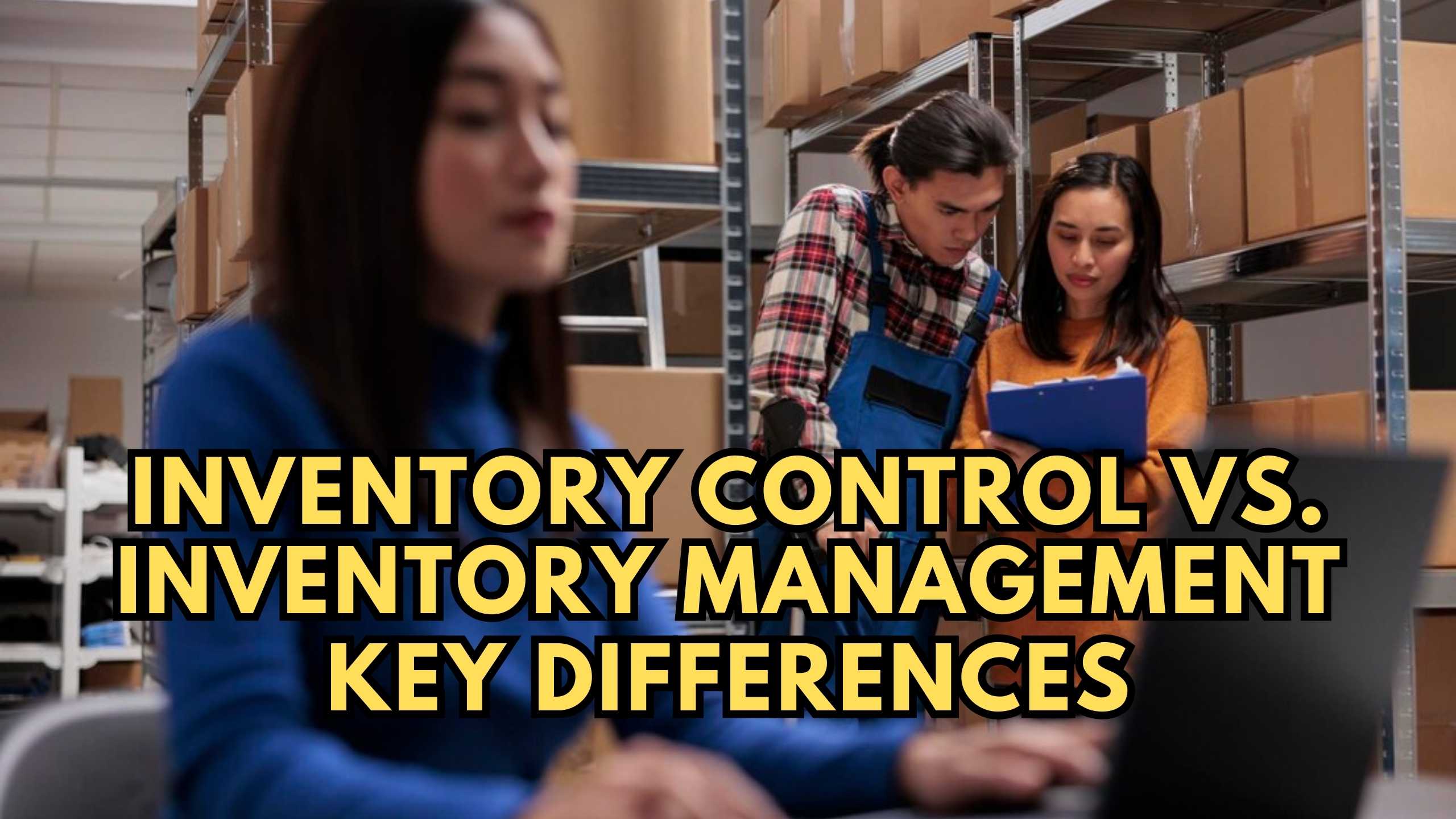Inventory Control vs. Inventory Management: Key Differences
- Expense Management Software Credit Cards Investing Business Solutions


Inventory Control vs. Inventory Management: Key Differences
In the intricate world of supply chain and logistics, understanding the disparities between inventory control and inventory management is crucial for optimizing operations. This comprehensive blog post delves into the nuanced dissimilarities between the two, addressing the common query: What is the difference between inventory control and inventory management?
Unraveling the Distinctions
1. Inventory Control: Precision in Stock Levels
Inventory control primarily revolves around maintaining accurate stock levels to meet demand. It involves tracking quantities, restocking efficiently, and preventing stockouts or overstock situations. Leveraging real-time data, businesses can streamline their stocking processes for enhanced efficiency.
2. Inventory Management: A Holistic Approach
Contrastingly, inventory management encompasses a broader spectrum. It involves overseeing the entire inventory lifecycle—from procurement to fulfillment. Strategic decisions about ordering, storage, and distribution are made to align with organizational goals, customer satisfaction, and cost-effectiveness.
Essential Components of Each Process
1. Inventory Control Essentials:
Demand Forecasting: Anticipating demand patterns to optimize stock levels.
Reorder Point Calculation: Determining the minimum stock quantity before reordering.
ABC Analysis: Categorizing items based on importance for efficient control.
2. Inventory Management Fundamentals:
Supplier Relationship Management: Nurturing relationships for reliable and timely supplies.
Warehouse Organization: Ensuring an organized and efficient storage system.
Technology Integration: Employing advanced systems for data-driven decision-making.
Relevant SaaS Products for Streamlined Inventory Operations
- Zoho Inventory: Zoho Inventory provides end-to-end inventory management solutions, from order processing to fulfillment. It ensures businesses effectively manage their entire inventory lifecycle.
- inFlow Inventory: inFlow Inventory simplifies inventory control with tools for order management and stock tracking. Its user-friendly interface enhances precision in maintaining stock levels.
- Cin7: Cin7 integrates inventory management with point-of-sale and order management. This holistic solution is ideal for businesses aiming for comprehensive control over their supply chain.
- ShipHero: ShipHero combines inventory management with order fulfillment. It’s especially beneficial for e-commerce businesses, offering centralized control over inventory and shipping processes.
- Fishbowl Inventory: Fishbowl Inventory provides advanced inventory management features, including multi-location tracking and order fulfillment, ensuring businesses maintain optimal control.
Conclusion: Striking the Balance
In conclusion, while inventory control and inventory management share common goals, their scopes and methodologies differ. A balanced approach, incorporating elements of both, is key for businesses aiming to optimize their inventory operations and enhance overall efficiency.
Optimize Your Inventory Processes with Subscribed.fyi
Ready to elevate your inventory processes further? Subscribed.fyi offers exclusive deals on a range of SaaS tools, including inventory management solutions. Sign up today to unlock savings, streamline your processes, and make informed decisions effortlessly.
Relevant Links:











